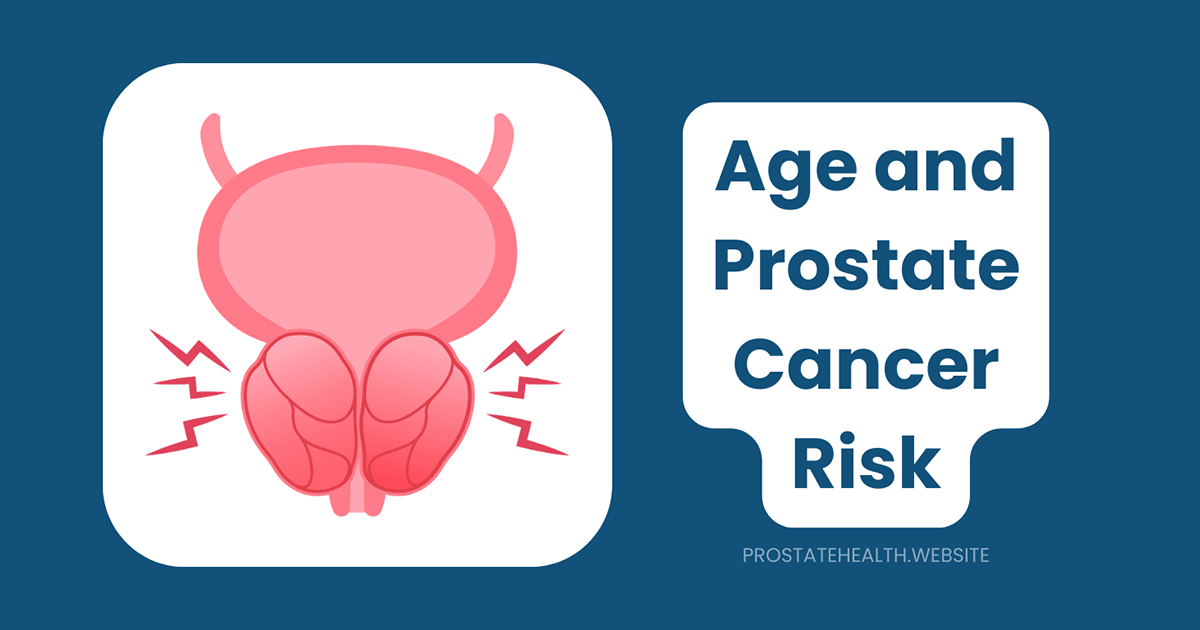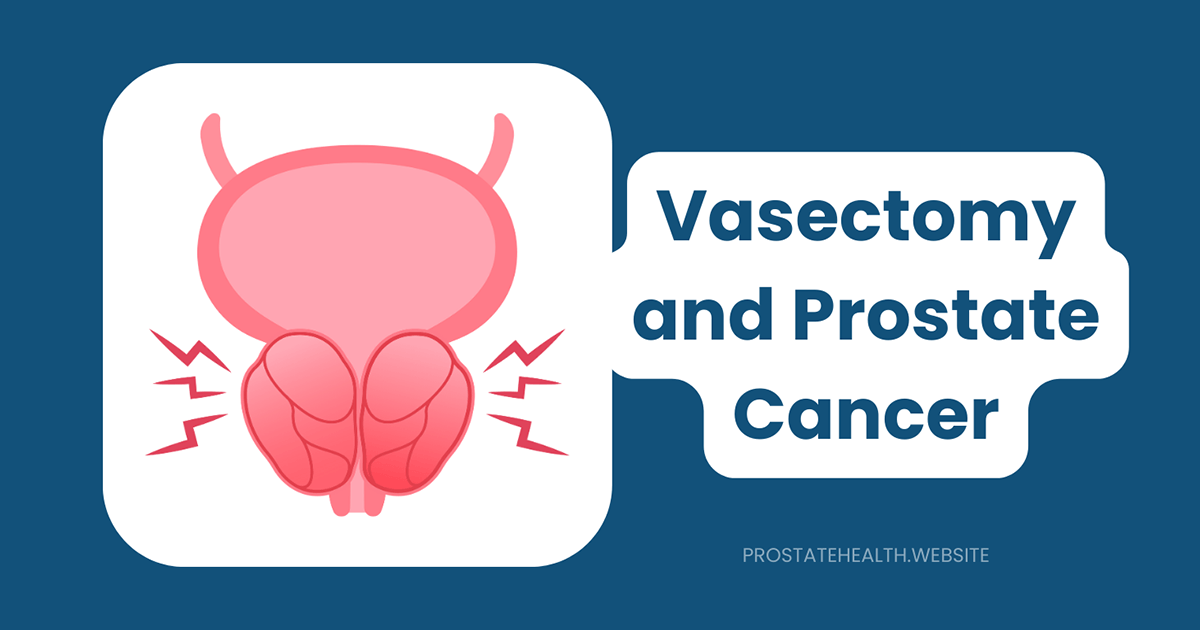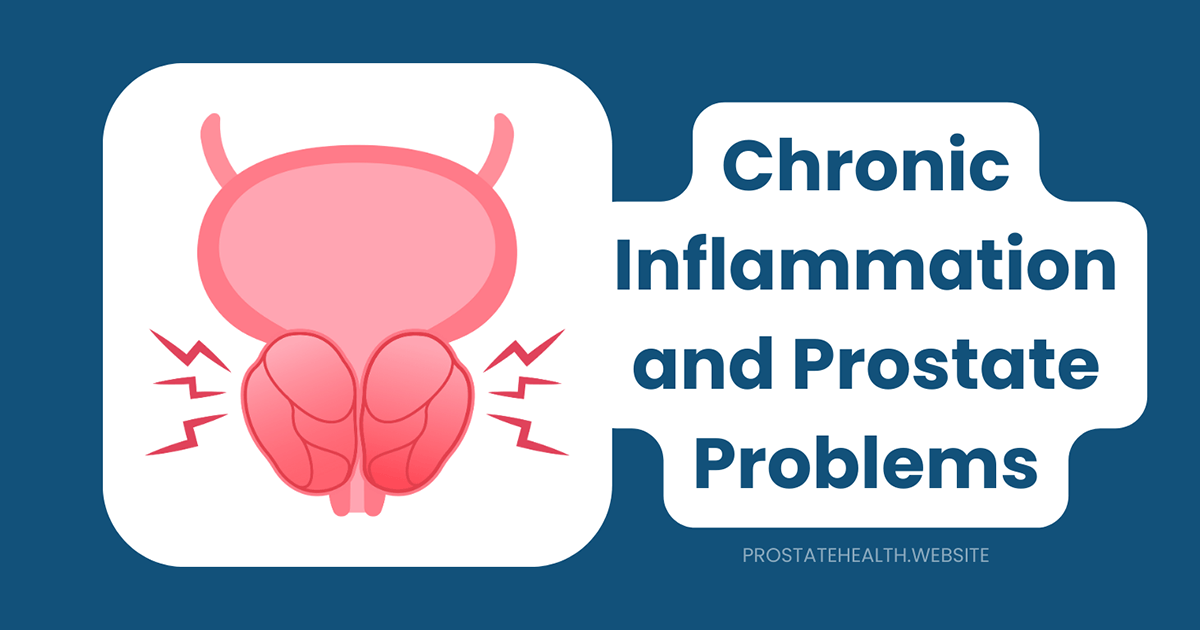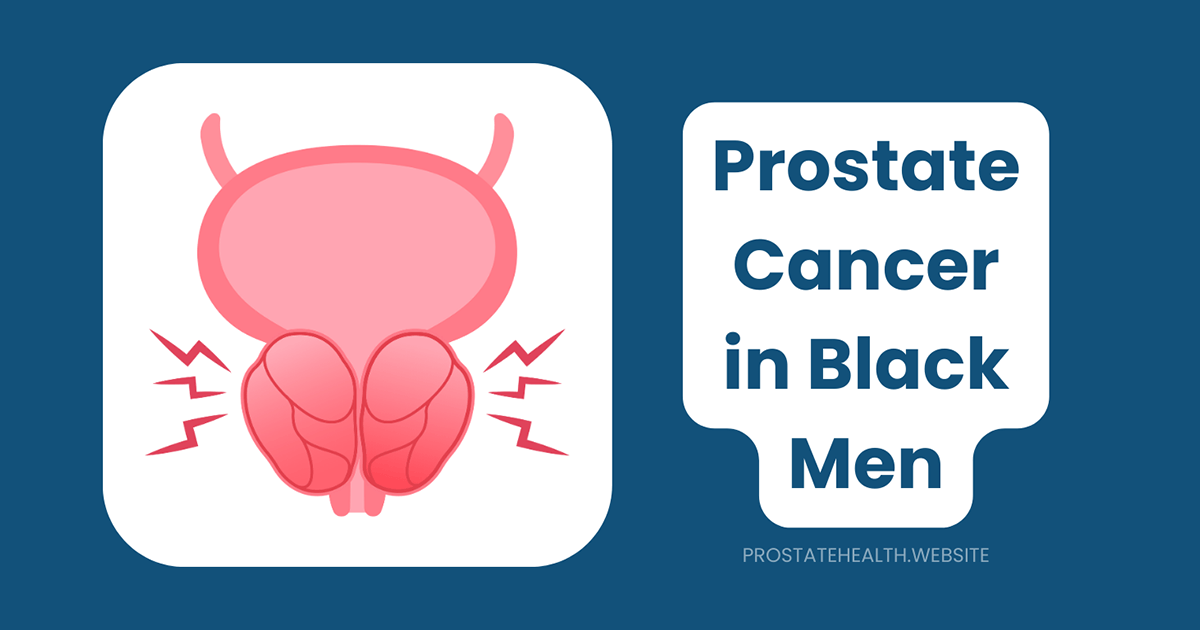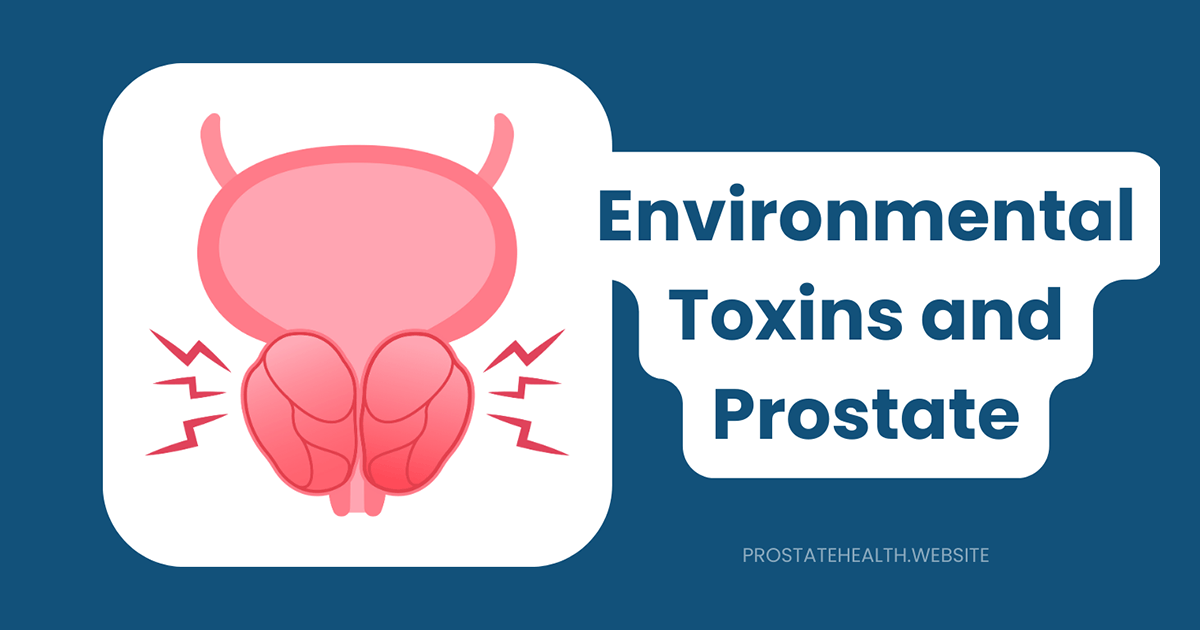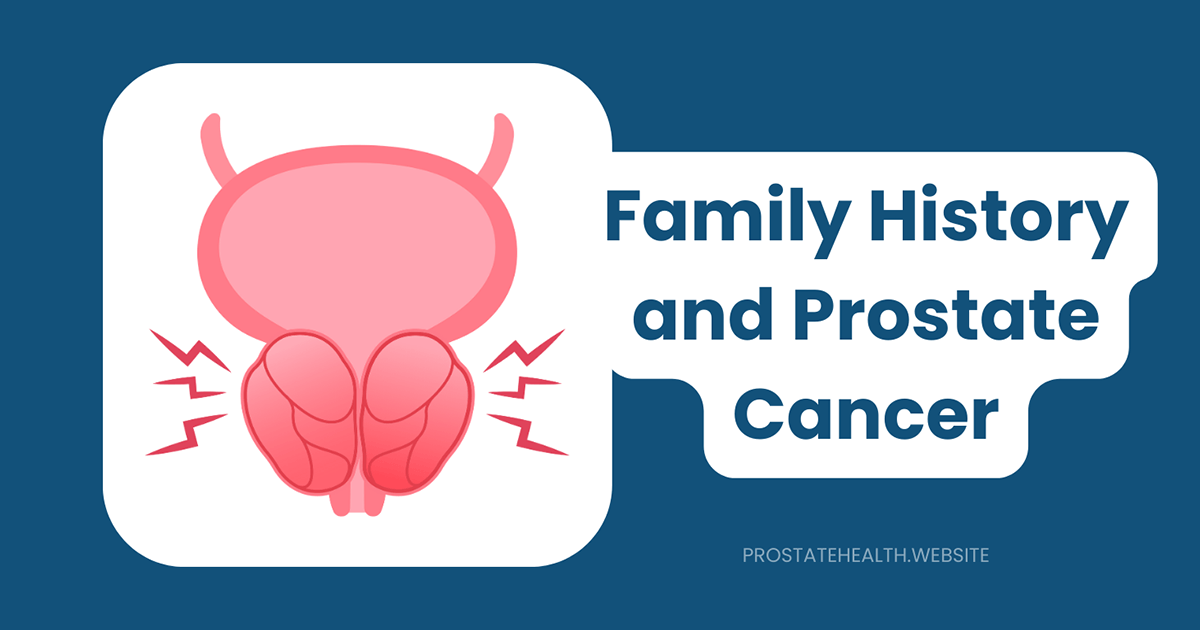The Connection Between Testosterone Levels and Prostate Health
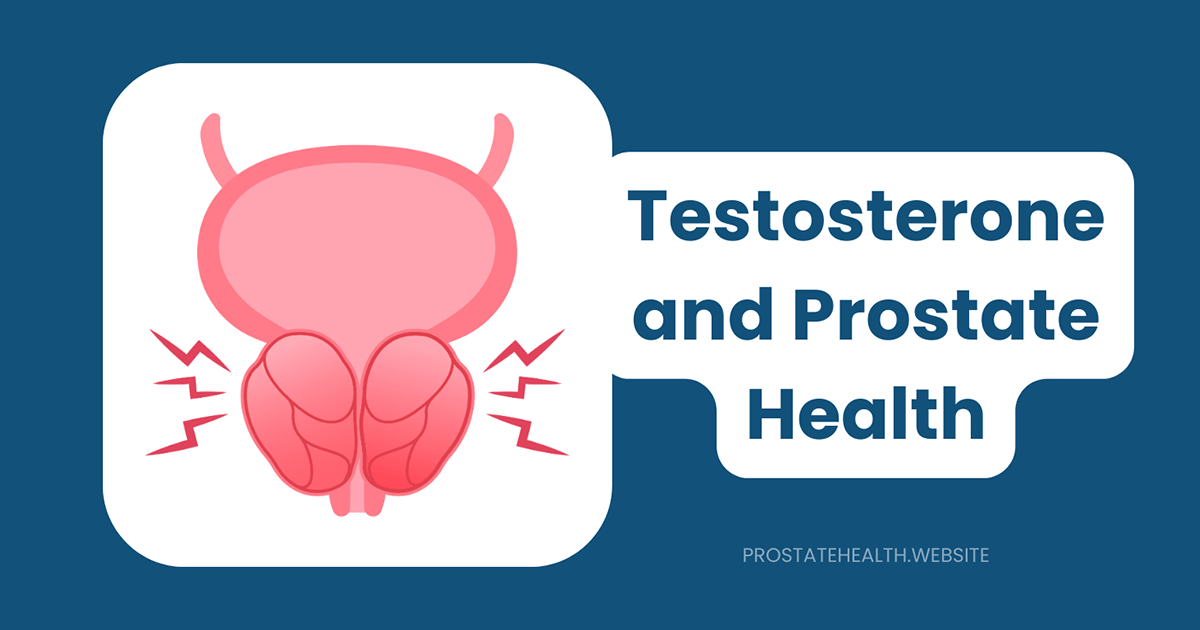
The relationship between testosterone and prostate health has long been a subject of fascination, controversy, and ongoing research in men’s health. As the primary male sex hormone, testosterone plays a crucial role in everything from muscle development to mood regulation—but its effects on the prostate gland have proven particularly complex and sometimes contradictory.
For decades, conventional wisdom held that higher testosterone levels increased prostate cancer risk, while lower levels were protective. However, recent research has dramatically shifted our understanding of this relationship, revealing nuances that challenge these simplistic views.
In this comprehensive guide, we’ll explore the intricate connection between testosterone levels and prostate health, drawing on the latest scientific evidence to help you understand how this vital hormone affects your prostate throughout life.
Understanding Testosterone and the Prostate: The Basics
Before diving into the complex relationship between testosterone and prostate health, let’s establish some fundamentals about how these two interact:
What Is Testosterone and How Does It Affect the Prostate?
Testosterone is the primary male sex hormone, produced mainly in the testicles. It’s responsible for developing male sexual characteristics, maintaining muscle mass, bone density, and supporting overall health and well-being in men.
The prostate gland—a walnut-sized organ located below the bladder—is highly responsive to testosterone. In fact, the prostate wouldn’t develop properly without testosterone’s influence during puberty.
Dr. James Wilson, endocrinologist at University Medical Center, explains: “The prostate is exquisitely sensitive to androgens (male hormones), particularly dihydrotestosterone (DHT), which is converted from testosterone within the prostate itself by an enzyme called 5-alpha reductase. This conversion is crucial for understanding how testosterone affects prostate health.”
The Androgen Receptor: Where Testosterone Exerts Its Effects
Testosterone and DHT influence prostate cells by binding to androgen receptors, which then activate various genes that control cell growth, division, and function.
“Think of the androgen receptor as a lock, and testosterone or DHT as keys that fit into that lock,” notes Dr. Sarah Williams, urologist specializing in men’s health. “When the hormone binds to the receptor, it triggers a cascade of cellular events that can affect prostate growth and function.”
This androgen signaling pathway is essential for normal prostate development and function, but it can also play a role in prostate conditions when dysregulated.
Testosterone and Prostate Size: The BPH Connection
One of the most common prostate conditions—benign prostatic hyperplasia (BPH) or enlarged prostate—affects more than 50% of men by age 60. The relationship between testosterone and BPH is nuanced:
The Paradox of Declining Testosterone and Increasing Prostate Size
Interestingly, BPH typically develops during a time of life when testosterone levels are naturally declining:
- Testosterone levels generally peak in early adulthood and gradually decrease by about 1% per year after age 30-40
- Yet prostate growth and BPH risk increase with age, despite falling testosterone levels
- This apparent contradiction has been termed the “androgen paradox”
A 2024 study published in Nature Communications helps explain this paradox by showing that prostate cells can become hypersensitive to even low levels of testosterone as men age. Additionally, changes in the ratio of testosterone to estrogen may play a role in prostate enlargement.
Research Findings on Testosterone and Prostate Volume
Recent research has provided clearer insights into how testosterone levels relate to prostate size:
- A study published in Scientific Reports found that testosterone levels are negatively correlated with prostate volume—meaning men with lower testosterone tend to have larger prostates
- This relationship remained significant even after adjusting for age, body mass index, and other factors
- The study suggested that metabolic factors associated with low testosterone, such as obesity and insulin resistance, may contribute to prostate enlargement
Dr. Robert Chen, researcher in men’s health, notes: “What we’re learning is that the absolute level of testosterone may be less important than the overall hormonal environment, including factors like estrogen levels, insulin sensitivity, and inflammation.”
Testosterone and Prostate Cancer: Debunking Myths
Perhaps no aspect of the testosterone-prostate relationship has been more controversial than the connection between testosterone and prostate cancer risk. For decades, the prevailing view was that high testosterone increased cancer risk—a belief that has been significantly challenged by modern research.
The Origin of the Testosterone-Prostate Cancer Hypothesis
The idea that testosterone fuels prostate cancer originated in 1941 when researcher Charles Huggins discovered that castration (which dramatically reduces testosterone) caused regression of metastatic prostate cancer. This led to the development of androgen deprivation therapy (ADT) as a treatment for advanced prostate cancer.
While ADT remains an effective treatment for advanced disease, researchers now understand that the relationship between testosterone and prostate cancer risk is far more complex than originally thought.
What Current Research Shows About Testosterone and Prostate Cancer Risk
Modern studies have significantly revised our understanding of how testosterone affects prostate cancer risk:
- Multiple large-scale studies have found no association between higher testosterone levels and increased risk of developing prostate cancer
- Some research suggests that men with low testosterone may actually have a higher risk of aggressive prostate cancer at diagnosis
- A 2025 analysis of 1,246 matched patients with testosterone deficiency and a family history of prostate cancer found no significant difference in prostate cancer diagnosis between men who received testosterone therapy and those who didn’t
Dr. Michael Chen, oncologist specializing in prostate cancer, explains: “The current evidence doesn’t support the old idea that higher testosterone levels increase prostate cancer risk. In fact, extremely low testosterone levels may be associated with more aggressive disease in some men.”
The Saturation Model: A New Understanding
The “saturation model” proposed by Dr. Abraham Morgentaler helps explain these seemingly contradictory findings:
- Androgen receptors in the prostate become saturated (fully occupied) at relatively low testosterone concentrations
- Once saturation occurs, additional testosterone has minimal further effect on prostate cells
- This explains why men with normal or high testosterone don’t necessarily have higher prostate cancer risk
- It also explains why reducing testosterone from normal to very low levels (through ADT) can help treat existing prostate cancer
This model has transformed our understanding of the testosterone-prostate cancer relationship and has important implications for testosterone therapy in men with or at risk for prostate cancer.
Testosterone Therapy and Prostate Health: What’s the Evidence?
For men with testosterone deficiency (hypogonadism), testosterone replacement therapy (TRT) can improve energy, mood, sexual function, and overall quality of life. But how does it affect prostate health?
Effects on Prostate Size and BPH Symptoms
Research on testosterone therapy and prostate size has shown:
- Testosterone therapy typically causes minimal changes in prostate volume in hypogonadal men
- Some studies show modest increases in prostate size with TRT, but these changes are generally not clinically significant
- TRT doesn’t typically worsen lower urinary tract symptoms in most men with mild BPH
- Men with severe BPH symptoms may need closer monitoring if starting TRT
Testosterone Therapy and Prostate Cancer Risk
The latest evidence regarding testosterone therapy and prostate cancer risk includes:
- The TRAVERSE trial, one of the largest studies on testosterone therapy safety, found similar prostate cancer incidence between testosterone therapy and placebo groups over a 33-month period
- A 2025 study published in the Journal of Urology found no increased risk of prostate cancer diagnosis in men receiving testosterone therapy over 10 years compared to matched controls
- Some evidence suggests testosterone therapy may even have a protective effect in the short term, possibly by reducing inflammation and oxidative stress in the prostate
Dr. Williams notes: “The evidence increasingly supports that testosterone therapy is safe for the prostate in most men, even those with risk factors for prostate cancer. However, appropriate monitoring with PSA testing and prostate exams remains important.”
Monitoring Recommendations for Men on Testosterone Therapy
Current guidelines for prostate monitoring during testosterone therapy include:
- Baseline PSA and digital rectal examination before starting therapy
- Follow-up PSA at 3-6 months, then according to standard screening guidelines
- Further evaluation if PSA increases by more than 1.4 ng/mL within any 12-month period
- More frequent monitoring for men with additional risk factors for prostate cancer
The 2025 research suggests that extended monitoring protocols beyond 5 years may be beneficial, particularly for men with a family history of prostate cancer.
Testosterone and Prostate Cancer Treatment: The Therapeutic Paradox
One of the most fascinating developments in recent years is the discovery that both very low and very high testosterone levels can be therapeutic for prostate cancer in different contexts.
Androgen Deprivation Therapy: The Traditional Approach
Androgen deprivation therapy (ADT), which dramatically reduces testosterone levels, remains a mainstay of treatment for advanced prostate cancer:
- ADT works by depriving prostate cancer cells of the androgens they need to grow
- It can be achieved through surgical castration or, more commonly, medications that block testosterone production or action
- ADT is effective for many men with advanced disease, often for several years
- Eventually, many prostate cancers develop resistance to ADT, becoming “castration-resistant”
Testosterone Recovery After ADT: New Findings
A groundbreaking 2025 study presented at the American Society of Clinical Oncology Genitourinary Cancers Symposium found that testosterone recovery after ADT is associated with improved survival:
- Men whose testosterone levels returned to normal after completing ADT had a 46% reduction in mortality risk
- The survival benefit was observed regardless of whether patients received 18 or 36 months of ADT
- Testosterone recovery occurred in 52% of patients, with a median recovery time of 3.6 years
- Importantly, there was no increase in prostate cancer-specific mortality in men whose testosterone recovered
This research suggests that strategies to help testosterone recover after ADT might improve overall survival without compromising cancer control.
Bipolar Androgen Therapy: The High-Testosterone Approach
In a complete paradigm shift, researchers have discovered that very high testosterone levels can also inhibit prostate cancer growth in certain contexts:
- A 2024 Duke Cancer Institute study published in Nature Communications found that while prostate cancer cells can proliferate at very low testosterone levels, they tend to differentiate and stop growing when testosterone levels are elevated to normal or above
- This has led to the development of bipolar androgen therapy (BAT), which involves high-dose testosterone injections for men with castration-resistant prostate cancer
- BAT has shown promising results in clinical trials, with some patients experiencing significant disease regression
Dr. Chen explains: “This represents a complete reversal of our traditional thinking. We’re finding that in men with castration-resistant disease, cycling between very low and very high testosterone levels can overcome resistance mechanisms and restore sensitivity to treatments.”
Lifestyle Factors That Affect Testosterone and Prostate Health
Beyond medical treatments, several lifestyle factors can influence both testosterone levels and prostate health:
Weight Management and Metabolic Health
Obesity and metabolic syndrome have significant effects on both testosterone and the prostate:
- Excess body fat increases the conversion of testosterone to estrogen
- Obesity is associated with lower testosterone levels in men
- Metabolic syndrome is linked to increased prostate inflammation and BPH progression
- A 2025 study from NYU Langone found that GLP-1 receptor agonists (medications used for weight loss) increased testosterone levels in men with obesity and type 2 diabetes, regardless of weight loss
Maintaining a healthy weight through diet and exercise may help optimize testosterone levels and support prostate health.
Exercise and Physical Activity
Regular physical activity benefits both testosterone and prostate health:
- Resistance training can help maintain or increase testosterone levels, particularly in older men
- Moderate aerobic exercise may reduce prostate inflammation
- Regular physical activity is associated with reduced risk of BPH progression
- Exercise may help mitigate some side effects of ADT, including loss of muscle mass and bone density
Diet and Nutrition
Dietary choices can influence hormonal balance and prostate health:
- Mediterranean-style diets rich in fruits, vegetables, whole grains, and healthy fats support optimal testosterone levels
- Excessive alcohol consumption can lower testosterone and worsen prostate inflammation
- Some research suggests that zinc, found in oysters, meat, and pumpkin seeds, supports both testosterone production and prostate health
- Vitamin D deficiency has been linked to both lower testosterone and increased prostate cancer risk
Dr. Wilson advises: “A diet and lifestyle approach that supports overall metabolic health will generally benefit both testosterone levels and prostate health. This includes maintaining a healthy weight, staying physically active, eating a nutrient-rich diet, managing stress, and getting adequate sleep.”
Age-Related Changes: Navigating Testosterone and Prostate Health Throughout Life
Both testosterone levels and prostate health naturally change as men age. Understanding these changes can help men navigate health decisions at different life stages:
Young Adulthood (20s-30s)
During this period:
- Testosterone levels are typically at their peak
- The prostate is fully developed but relatively small
- Prostate conditions are uncommon
- Establishing healthy lifestyle habits can support long-term hormonal and prostate health
Middle Age (40s-50s)
This is often when changes begin:
- Testosterone levels start to gradually decline (by about 1% per year)
- The prostate may begin to enlarge
- Risk of prostatitis and early BPH increases
- Prostate cancer risk begins to rise, particularly after age 50
- Baseline PSA testing is often recommended to establish personal reference values
Older Adulthood (60s and beyond)
In later years:
- Testosterone levels may be significantly lower than in youth
- BPH becomes increasingly common
- Prostate cancer risk continues to rise
- The relationship between testosterone and prostate health becomes more complex
- Individualized approaches to both testosterone management and prostate screening become important
Making Informed Decisions: Balancing Testosterone and Prostate Health
Given the complex relationship between testosterone and prostate health, how should men approach health decisions related to these issues?
When to Consider Testosterone Testing
Consider testosterone testing if you experience:
- Unexplained fatigue or low energy
- Reduced sex drive or erectile difficulties
- Depression or mood changes
- Loss of muscle mass despite exercise
- Development of breast tissue (gynecomastia)
- Hot flashes or night sweats
Dr. Williams recommends: “Testosterone should be measured in the morning when levels are highest, and low readings should be confirmed with a second test. It’s also important to check other hormones like luteinizing hormone (LH) and prolactin to understand the cause of low testosterone.”
Discussing Testosterone Therapy with Your Doctor
If you’re considering testosterone therapy, have an informed discussion with your healthcare provider about:
- Your symptoms and how they affect your quality of life
- Your personal and family history of prostate conditions
- The potential benefits and risks based on your individual health profile
- Monitoring protocols for prostate health during treatment
- Alternative approaches to address your symptoms
Prostate Monitoring Based on Testosterone Status
Your approach to prostate health monitoring may vary based on your testosterone status:
- Normal testosterone: Follow standard screening guidelines based on age, race, and family history
- Low testosterone without treatment: May need more vigilant monitoring as some research suggests increased risk of aggressive disease
- Testosterone therapy: Regular PSA testing and digital rectal exams as recommended by guidelines
- History of ADT: Monitoring of testosterone recovery and its effects on overall health
The Future of Testosterone and Prostate Health Research
Research into the relationship between testosterone and prostate health continues to evolve rapidly:
Emerging Research Directions
Several promising areas of investigation may further clarify this complex relationship:
- Genetic factors: How genetic variations affect individual responses to testosterone in the prostate
- Biomarkers: Development of better markers to identify men at risk for testosterone-related prostate issues
- Personalized approaches: Tailoring testosterone management based on individual risk profiles
- Novel therapies: New treatments that target specific aspects of androgen signaling
- Recovery strategies: Methods to enhance testosterone recovery after ADT
Potential Clinical Applications
These research directions may lead to practical applications such as:
- More personalized guidelines for testosterone therapy in men with prostate concerns
- Better strategies for maintaining quality of life during and after prostate cancer treatment
- Novel therapeutic approaches that leverage our understanding of the testosterone-prostate relationship
- Improved risk assessment tools that incorporate hormonal factors
The Bottom Line: A Balanced Perspective
The relationship between testosterone and prostate health is far more nuanced than once thought. Key takeaways from current research include:
- Normal testosterone levels don’t appear to increase prostate cancer risk
- Both very low and very high testosterone levels can affect prostate cancer in complex ways
- Testosterone therapy appears safe for the prostate in most men when properly monitored
- Testosterone recovery after ADT may improve overall survival
- Lifestyle factors that support metabolic health benefit both testosterone levels and prostate health
Dr. Chen emphasizes: “We’ve moved beyond the simplistic view that testosterone is ‘bad’ for the prostate. The relationship is complex and context-dependent. For most men, maintaining healthy testosterone levels through lifestyle measures—or medical therapy when needed—supports overall health without increasing prostate risks.”
By understanding the intricate connection between testosterone and prostate health, men can work with their healthcare providers to make informed decisions that support both hormonal balance and prostate health throughout life.

